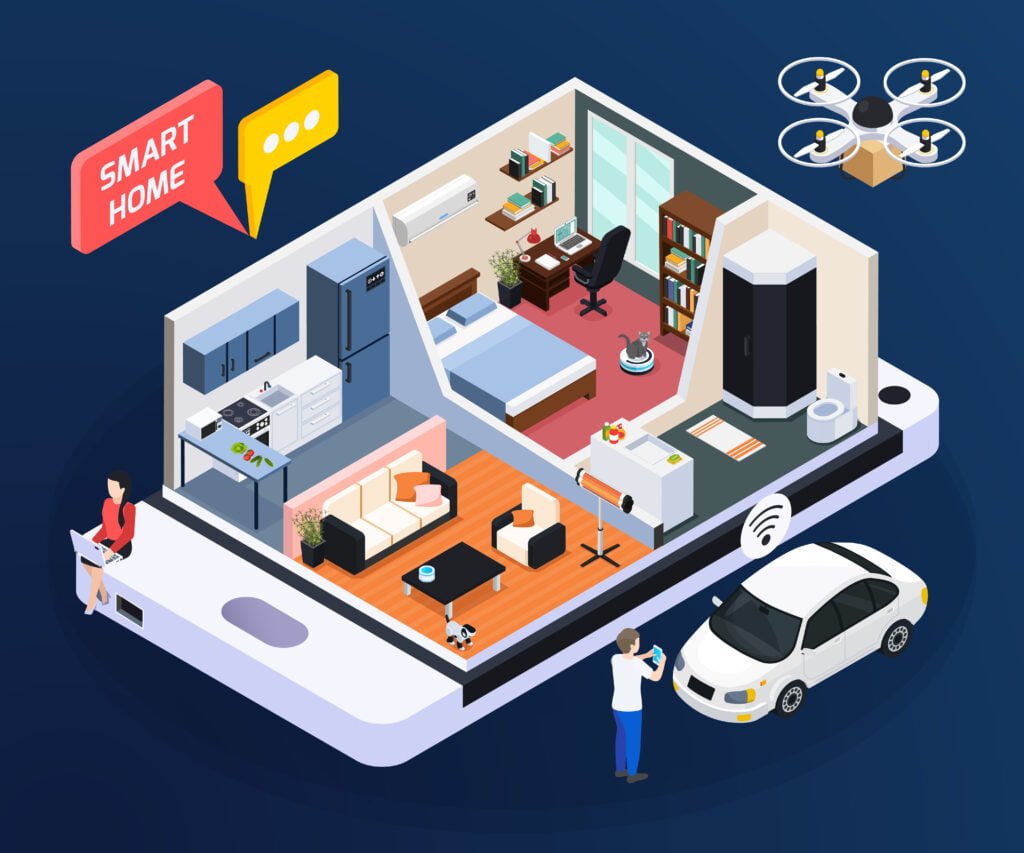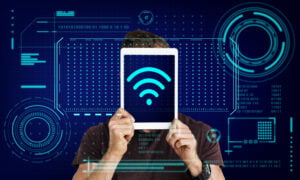Introduction to 5G and its impact on smart homes
The fifth generation of wireless technology, known as 5G, has arrived, and it is set to revolutionize the way we live, work, and interact with our surroundings. From faster download speeds to lower latency, 5G offers a wide range of benefits that will significantly impact smart homes and connected living. In this article, we will explore the impact of 5G on smart homes and discuss how this technology will reshape our daily lives.
Benefits of 5G in Connected Living
One of the most significant advantages of 5G in connected living is its lightning-fast speed. With download speeds up to 100 times faster than 4G, 5G enables seamless streaming of high-definition videos, online gaming with minimal lag, and quick file transfers.
This means that smart home devices, such as smart TVs and streaming devices, can deliver a more immersive and enjoyable entertainment experience. Moreover, 5G’s low latency ensures real-time responsiveness, making it ideal for applications that require instant feedback, such as virtual reality and augmented reality.
Another benefit of 5G in connected living is its ability to support a massive number of devices simultaneously. The Internet of Things (IoT) has brought a multitude of smart devices into our homes, from smart thermostats and security cameras to voice assistants and smart appliances.
With 5G, these devices can communicate with each other and the cloud more efficiently, creating a truly interconnected ecosystem. This means that your smart home can become even smarter, with devices seamlessly working together to enhance your comfort, convenience, and energy efficiency.
How 5G will revolutionize smart home devices
5G is set to revolutionize smart home devices in several ways. Firstly, its high bandwidth will enable devices to process and transmit data at unprecedented speeds. This means that smart home devices, such as cameras and sensors, can capture and analyze data in real time, leading to more accurate and timely responses. For example, a 5G-enabled security camera can instantly detect and alert you of any suspicious activities, allowing you to take immediate action.
Additionally, 5G’s low latency will enable smart home devices to communicate with each other and the cloud more efficiently. This means that devices can respond to commands faster and work together seamlessly. For instance, you can use your voice assistant to control multiple smart devices simultaneously, such as turning off the lights, adjusting the thermostat, and locking the doors, all with a single command. With 5G, the possibilities for smart home automation are endless.
The role of 5G in home automation
Home automation is a key component of smart homes, and 5G plays a crucial role in enabling advanced automation capabilities. With its high bandwidth and low latency, 5G allows for real-time control and monitoring of smart home devices.
This means that you can remotely manage your home’s security, lighting, temperature, and more, from anywhere in the world. Whether you want to check if you left the lights on or adjust the thermostat before arriving home, 5G makes it possible.
Moreover, 5G’s reliability and stability ensure that your smart home remains connected at all times. This is particularly important for critical applications, such as home security systems and healthcare monitoring devices. With 5G, you can have peace of mind knowing that your smart home devices are always online and ready to respond to your needs.
Advancements in IoT technology with 5G
The Internet of Things (IoT) has already transformed the way we live and work, and 5G is set to take it to the next level. With its high-speed connectivity and low latency, 5G enables more sophisticated IoT applications and services.
For example, in the healthcare industry, 5G can support remote patient monitoring, allowing doctors to monitor vital signs in real time and provide timely interventions. In the transportation sector, 5G can enable connected vehicles to communicate with each other and the infrastructure, leading to safer and more efficient transportation systems.
Furthermore, 5G opens up new possibilities for smart cities, where IoT devices and sensors are used to monitor and manage various aspects of urban life, such as traffic flow, energy consumption, and waste management. With 5G, these devices can collect and transmit data more efficiently, enabling cities to become smarter, more sustainable, and more livable.
Security considerations for 5G-enabled smart homes
While 5G offers numerous benefits for smart homes and connected living, it also brings new security considerations. With the increasing number of connected devices and the massive amount of data being transmitted, it is crucial to ensure the security and privacy of 5G-enabled smart homes.
One of the main security concerns with 5G is the potential for increased cyberattacks. With its high-speed connectivity, 5G provides attackers with more opportunities to exploit vulnerabilities and gain unauthorized access to smart home devices.
To mitigate this risk, it is essential to implement robust security measures, such as strong encryption, authentication mechanisms, and regular software updates. Additionally, users should be educated about the importance of cybersecurity and how to secure their smart home devices.
Another security consideration is the protection of personal data. With 5G, more data will be collected and transmitted, raising privacy concerns. Manufacturers and service providers must implement strict data protection policies and ensure that user data is handled securely and in compliance with privacy regulations.
Conclusion
5G is set to transform the way we live, work, and interact with our smart homes. With its lightning-fast speed, low latency, and ability to support a massive number of devices, 5G offers numerous benefits for connected living. From revolutionizing smart home devices to enabling advanced home automation, 5G opens up new possibilities for a more convenient, efficient, and secure living environment.
However, it is important to consider the security implications of 5G-enabled smart homes and ensure that robust measures are in place to protect against cyber threats. As 5G continues to roll out worldwide, we can expect to see even more innovative applications and services that will shape the future of smart homes and connected living.












